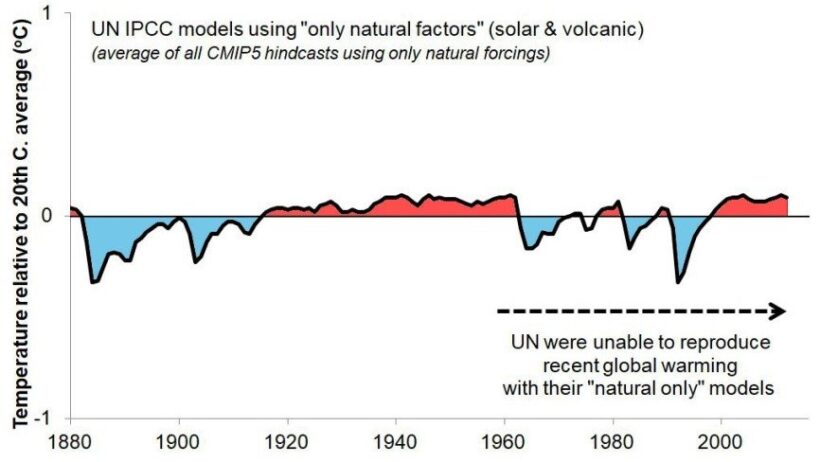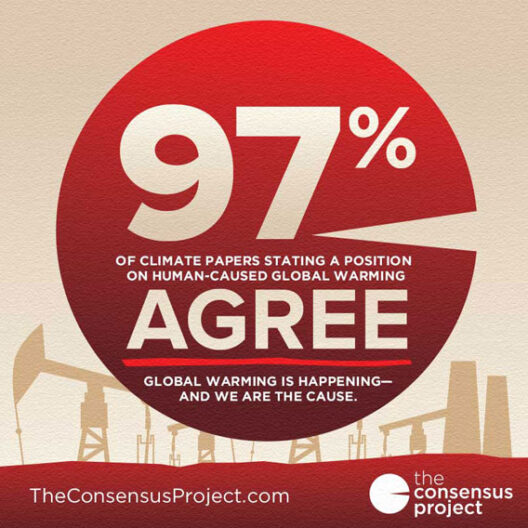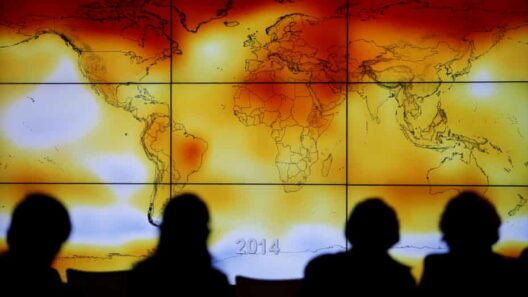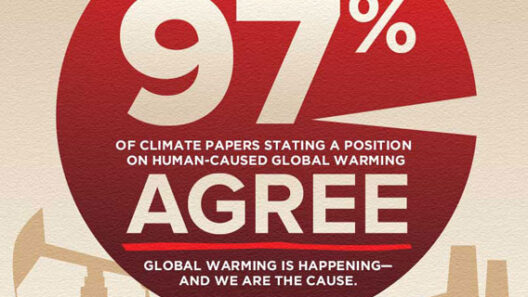Climate change has emerged as one of the most significant challenges of our time, with human activity at the forefront of this critical issue. As we delve into the intricacies of how human contributions stack up against natural forces in causing global warming, it is essential to scrutinize the facts and figures that illuminate the nuances of this complex interaction. So, how do we quantify our impact? Could it possibly be that our influence is greater than we are led to believe?
To fully comprehend the role of human contributions to global warming, we must first understand the fundamental mechanisms of climate change. The greenhouse effect is at the core of this phenomenon, wherein gases such as carbon dioxide (CO2), methane (CH4), and nitrous oxide (N2O) trap heat in the Earth’s atmosphere. These gases act as a blanket, preventing heat from escaping into space, thus leading to an increase in global temperatures.
But where do these greenhouse gases come from? Human activities, predominantly the burning of fossil fuels for energy, transportation, and industrial processes, have been identified as major sources of CO2 emissions. The combustion of coal, oil, and natural gas releases vast quantities of CO2 into the atmosphere, contributing significantly to the accumulation of greenhouse gases. In fact, it is estimated that over 75% of anthropogenic greenhouse gas emissions are attributed to fossil fuel combustion.
Let’s delve into some impressive figures. In 2020 alone, global carbon dioxide emissions dropped significantly due to pandemic-induced lockdowns, yet they still amounted to approximately 32 gigatons. To put this into perspective, established benchmarks from prior years demonstrate that emissions have steadily increased over the decades, showcasing an alarming trend. The global atmospheric concentration of carbon dioxide has surpassed 400 parts per million, a level unprecedented in at least 800,000 years, according to ice core data.
Additionally, agriculture plays a pivotal role in augmenting greenhouse gas emissions. Methane, a potent greenhouse gas, is released during the digestive processes of livestock and through the decomposition of organic waste. It is estimated that agriculture accounts for about 14% of global greenhouse gas emissions, with methane being over 25 times more effective than CO2 at trapping heat over a 100-year period. Such statistics reveal a substantial human footprint within agricultural practices, showcasing the dual challenge of feeding a growing population while simultaneously curbing our impact on the climate.
A significant contributor that often flies under the radar is deforestation. The removal of forests not only releases carbon stored in trees but also diminishes the Earth’s capacity to absorb atmospheric CO2. Approximately 10% of greenhouse gas emissions globally are attributed to deforestation, primarily due to the conversion of forests into agricultural land or urban areas. The loss of biodiversity and the alteration of ecosystems further exacerbate the challenges we face in combating climate change.
It’s vital to weigh these human contributions against natural factors that influence global climate systems. Natural phenomena such as volcanic eruptions, solar radiation variations, and ocean current alterations also play roles in shaping Earth’s climate. However, the overwhelming consensus amongst climate scientists is that the rapid changes observed since the mid-20th century cannot be accounted for by natural variability alone. The Intergovernmental Panel on Climate Change (IPCC) asserts that human activities are the dominant cause of observed warming since the 1950s, reinforcing the argument that our actions matter profoundly.
Combatting climate change requires an integrated approach. The significance of renewable energy sources—such as solar, wind, and hydroelectric power—cannot be understated. As these technologies become more accessible and affordable, they present a viable pathway to reduce our reliance on fossil fuels and minimize greenhouse gas emissions. Transitioning toward a circular economy, which emphasizes recycling, reducing waste, and rethinking production processes, also contributes to lessening our environmental impact.
The role of policy and governance is crucial in addressing climate change. International agreements, such as the Paris Agreement, aim to limit global warming to well below 2 degrees Celsius, with efforts to restrict it to 1.5 degrees Celsius. However, the efficacy of these frameworks hinges on the commitment of individual nations to implement and adhere to stringent emission reduction targets. This introduces a complex dynamic where political will and scientific consensus must align to forge a better path forward.
A playful question emerges in the discourse surrounding climate change: Are we, as a global community, ready to make the necessary sacrifices to safeguard the planet for future generations? Embracing energy efficiency, sustainable transportation methods, and environmental conservation can significantly mitigate our contributions to global warming. Nevertheless, the challenge remains daunting, and individual actions must coalesce into a larger, cohesive endeavor to foster substantial change.
In conclusion, the evidence overwhelmingly suggests that human contributions are the primary drivers of recent global warming. Although natural processes undoubtedly influence climate, our activities have altered the delicate balance of the Earth’s systems. As we continue to grapple with these realities, let us challenge ourselves to not only comprehend the data but to act decisively. The fate of our planet rests on our ability to acknowledge our impact and adopt solutions that ensure a sustainable future for generations to come.








